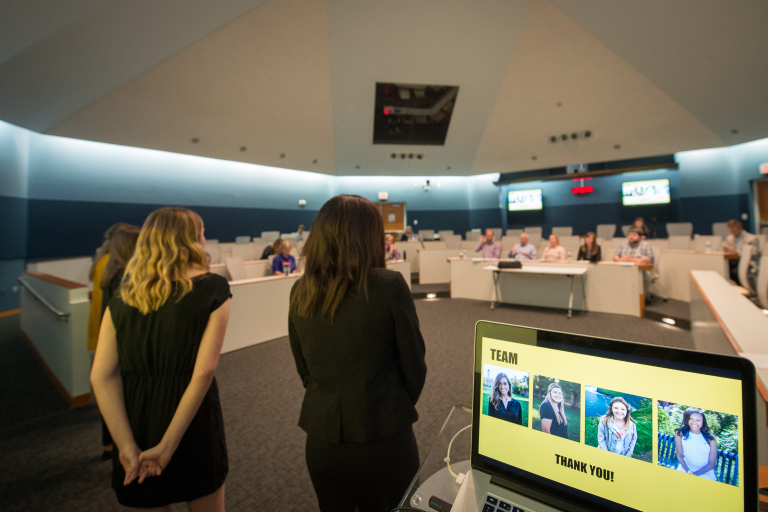After you’ve sought insights from those around you and involved others in coming up with ideas to reach your Single Biggest Thing, you need a plan to implement the change.
This is where David Novak’s leadership philosophy borrows most explicitly from his advertising education at the University of Missouri—the idea of “marketing the change.” This means using principles of strategic communication to ensure people understand and believe in the change and are committed to its success.
In terms of achieving your biggest goals, marketing the change is the culmination of all your work. After determining your goal and aligning your habits, you turned your focus outward.
- You developed trust with those around you by being credible, reliable, open, and focused on needs other than your own.
- You gathered insights to learn about the perceptions and attitudes of the people who you could affect your Single Biggest Thing.
- You involved a diverse group of people in problem-solving or idea generation, satisfying their need to contribute and increasing their sense of commitment.
Once you have synthesized the new ideas or solutions into an action plan, you are ready to market the change.
The 4 Cs of marketing the change
Conviction. You must show that you believe deeply in the change and can clearly explain the “why” behind it.
As the CEO of Yum! Brands, David was animated by one idea: people first. This translated into an array of initiatives, and with each one, he showed his commitment to this central idea by listening to others, involving others in decision-making, and recognizing people for their accomplishments.
The culture of Yum! Brands aligned with his core purpose of putting people first.
Clarity. To ensure that people can buy into the change, you have to be clear. Keep your messages simple, so that everyone understands the change and their role in making it happen.
David made a habit of sending a personal letter to employees’ homes at the beginning of each year. His goal was to communicate his vision for the company’s future, and he knew that by sending it to employee’s homes, their families might read and discuss it. This forced him to use clear messages and plain language.
Consistency. When making a change, it’s easy to make an initial push to market the change, but it’s harder to be consistent over time.
When David took over at Yum! Brands, he wanted a way to communicate the company’s values, and this became a set of four core principles under the heading “How we win together.” These principles were broad enough to apply across the company’s businesses and specific enough to guide employee behaviors.
These principles were visible throughout the company and the messages were incorporated into every communication during David’s time as CEO. This consistency in values led to extraordinary results.
Creativity. To ensure that the change resonates with people, you can use creativity to break through the clutter.
When David started his recognition program at Yum! Brands, he could have handed out traditional corporate tokens such as certificates or plaques. But that wouldn’t have expressed the sense of joy that David wanted to spark. So instead of plaques, he handed out fun mementos and cash bonuses to employees. For KFC employees, it was a floppy rubber chicken. For Pizza Hut employees, a foam cheese head. This made David’s recognition memorable and meaningful for employees.
People who received a rubber chicken shared the story with their family and friends and never forgot the gesture.
If you’ve built trust and engaged others in coming up with solutions, don’t lose focus when it’s time to market the change. Following through with a successful change will not only serve as a win on your way to your Single Biggest Thing, but it also will build trust and momentum that can drive your future goals.
